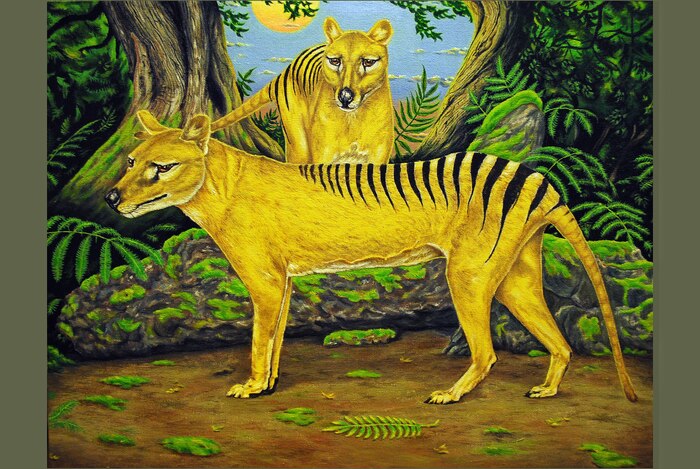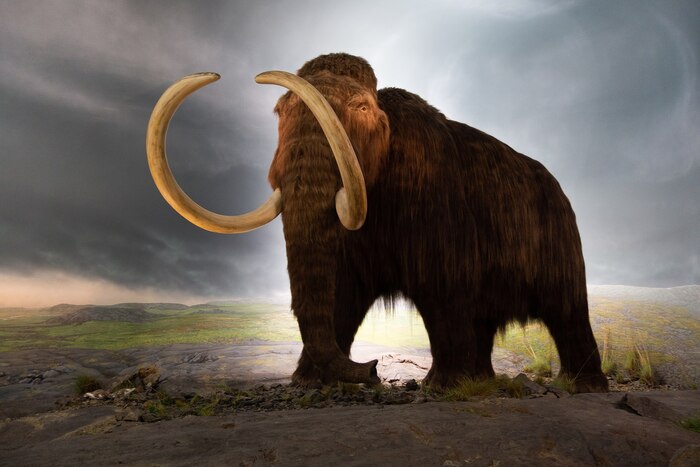From mammoth to Tasmanian tiger, the number of extinct species
that research groups and companies intend to
bring back to life
is steadily increasing
.
The latest addition is the American start-up Colossal Bioscience, which has raised $ 75 million
for its projects
from various investors, including Paris Hilton, and founded by geneticist George Church, a career lived among prestigious institutes such as the University of Harvard and the Massachusetts Institute of Technology (MIT).
Bringing lost species back to life has nothing to do with a Jurassic Park scenario, the researchers say: the goal is to revive lost species to
restore a balance
in
biodiversity
.
Extinct in 1930, the Tasmanian tiger (or thylacine) is one of the disappeared species for which the American start-up is preparing to experiment with what it calls '
de-extinction
' using the genetic cut-paste technique, the
Crispr
.
The company's first goal, however, is to bring the mammoth back to life, in the wake of many other similar projects inspired by the birth of Dolly the sheep
in the late 90s .
However, the
limited availability
of genetic material was a significant obstacle at the time.
Church announced in 2021 that he wanted to bring the woolly mammoth back to life, which disappeared 4,000 years ago.
It is not about cloning, he said, but about using genetic engineering to obtain an elephant-mammoth hybrid identical to its extinct predecessor within four to six years.
There was no shortage of perplexities in the scientific world: “mon you get a mammoth, but a hairy elephant with fat deposits”, had objected paleogenetic experts.
The project of another American company, Revive & Restore, which intends to bring the passenger pigeon back to life, whose last specimen died in 1914, is also based on Crispr.
The road that aims to
save animals at risk of extinction
based on the transplantation of progenitor cells of spermatozoa and Crisp is different.
Tests conducted since 2020 at the University of Washington on mice, pigs, sheep and cattle have shown that it is promising, showing that cell transplantation takes root and leads to the development of spermatozoa.
Instead, the path followed by the Japanese Kindai University continues to focus on cloning, which in 2019 brought back to life the cells of the
mammoth Yuka
, who lived 28,000 years ago in Siberia and discovered in 2010. Isolated from the bone marrow and muscles of the animal and transferred to the oocyte from a mouse, cellular structures similar to the nucleus are once again active.
The way to avoid the extinction of the
northern white rhino
is still different , of which only two females survive: the first embryos were obtained in 2018 from an experiment conducted by the Italian laboratory Avantea and based on the fertilization technique which consists in injecting spermatozoa. directly into the egg cell, the so-called intracytoplasmic sperm injection (Icsi).
Also in Italy, finally, since 2016 we have been working to bring back to life the
Aurochs
, the ancestor of bulls and of all modern cattle that became extinct four centuries ago.
The project is called Tauros and is based on the combination of several techniques, such as 'backwards' genetic crosses, cloning and genetic engineering based on Crispr.















